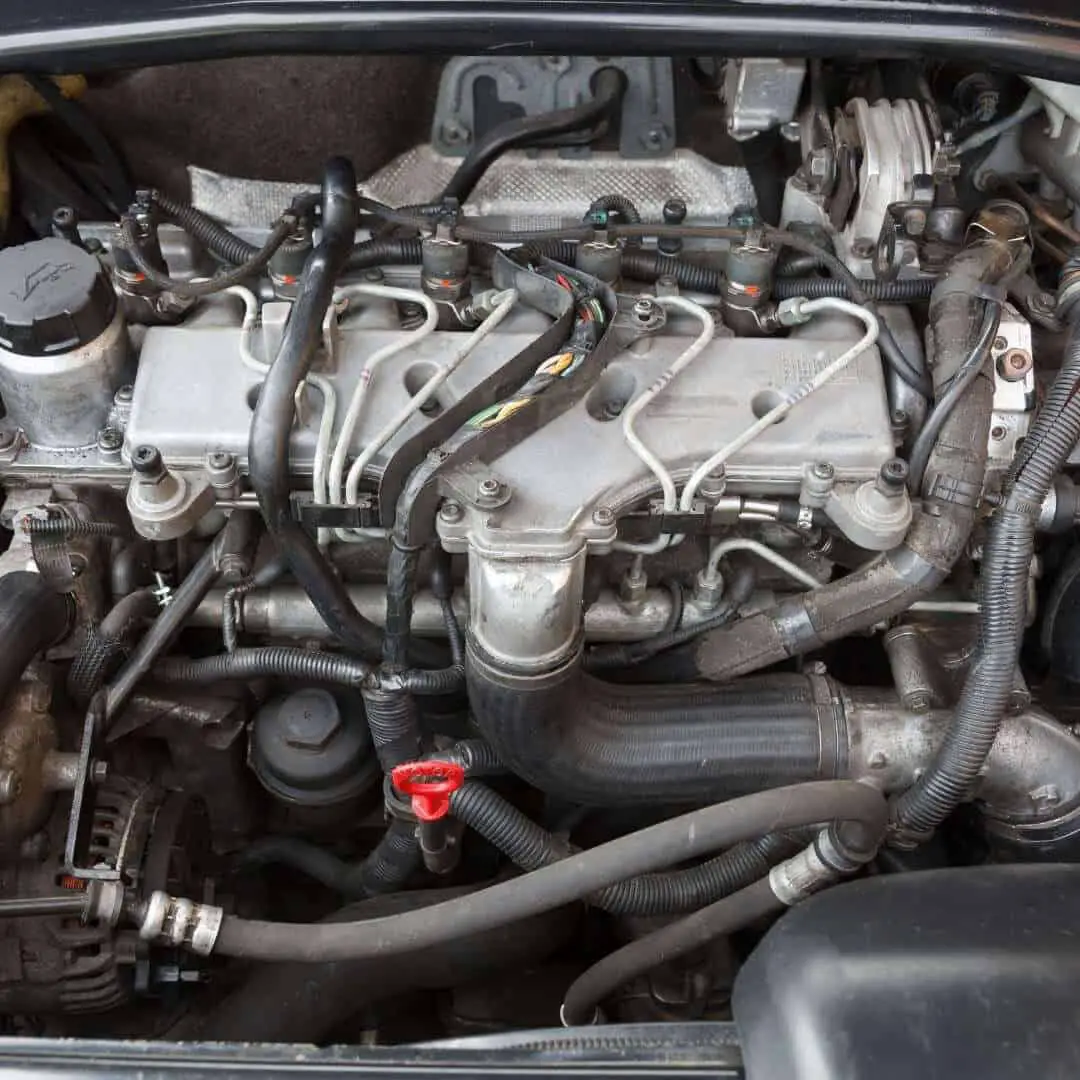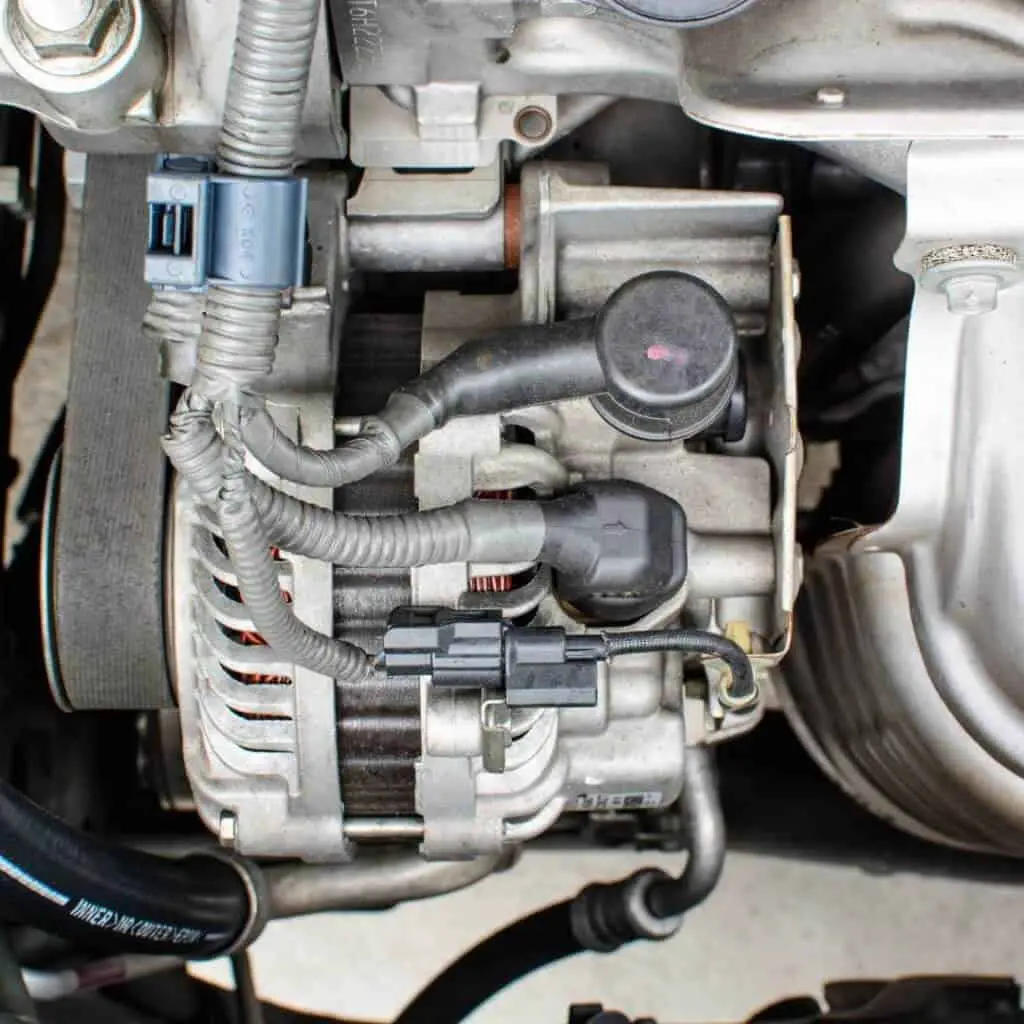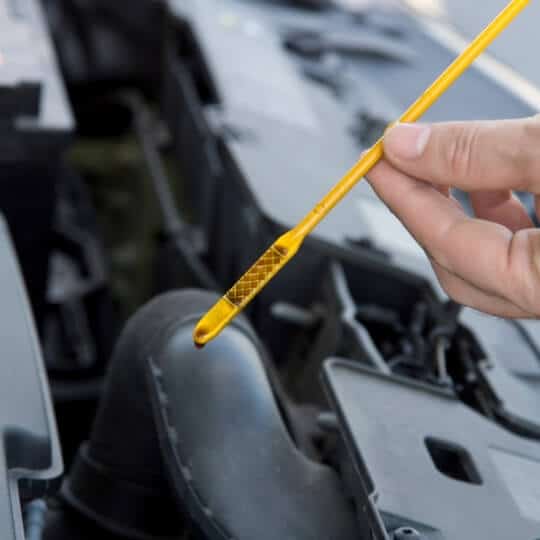Diesel engines are usually favored due to lower fuel consumption. However, they still have a decent amount of emissions with the machine. Due to the CO2 reduction plan, most car companies are trying to reduce gas emissions. But do diesels have catalytic converters, or do they use newer technologies?
Do diesels have catalytic converters?

A catalytic converter is an important part of every car with a combustion engine, providing a much-needed reduction in emissions while also ensuring the health of our car.
While diesel engines are quite different, they still use catalytic converters. The difference between diesel and gas engines is their type of ignition. The gas one will utilize a spark the ignition of fuel while diesel engines do so through compression of the fuel. [1]
This leads to diesel catalytic converters being completely different car parts. While the function of reducing emissions remains, the way this component goes about it is changed. The materials used in its creation are somewhat different too, which leads to an experience that’s comparable but unique.
To reiterate, cars with a diesel engine do have catalytic converters. They are an important part of the filtering process in combustion engines.
However, they operate differently, which is something we’ll dive into next.
How do diesel catalytic converters work?

The difference in forms of ignition means diesel engines utilize far more oxygen in their combustion process. This also means changes in the further function of the engine, including the exhaust system. So it makes sense that the catalytic converter would have completely different anatomy. Let’s break it down piece by piece.
Diesel oxidation catalyst
The component most similar to one of the gas engines is probably the Diesel Oxidation Catalyst or DOC for short. The DOC is used to convert carbon monoxide into carbon dioxide, making our car’s emissions far less dangerous to the environment and ourselves.
Additionally, this piece of the catalytic converter deals with un-spent fuel. Therefore, the fuel that remains from the operation of the engine can be neatly taken care of in this initial piece. [2]
Diesel Oxidation Catalyst is considered the most valuable part of the converter, both in terms of utility and price. This component will contain the most precious metals, leading to a higher price. However, the function mentioned above makes it valuable in utility, showcased by the fact that this component will often be placed at the start of a car’s exhaust system.
Diesel Particulate Filter – DPF
Moving further through the exhaust flow, we have Diesel Particulate Filter. This component is called DPF and has a decently important role in handling produce unique to diesel engines. The produce in question is a pollutant referred to as particulate or soot. [3]
Diesel Particulate Filter does what its name suggests. It filters out the particulate by capturing it with the use of a wall-flow monolith consisting of consistently alternating channels. These channels open to let the particulates enter the inlet side of the converter and hold them until they are broken down and removed.
The removal is done through a process called regeneration. Regeneration includes burning the particulate until it turns into carbon dioxide and water. The remains of this process are then sent further through the exhaust flow without the risk of damaging it.
Selective Catalytic Reduction
When the engine produce reaches the Selective Catalytic Reduction, it is further converted into far less dangerous gasses. The specific utility of this part is the reduction of NOx gasses.
In addition, the nitrogen oxides that enter Selective Catalytic reduction will get split into oxygen and nitrogen, making them far less harmful than the initial molecules.
The diesel catalytic converters use a chemical made out of ammonia or urea called diesel exhaust fluid. This fluid is used in conjunction with catalytic minerals, working together in the filtration process.
Other components
The inlet and outlet pipes of the catalytic converter remain mostly the same in function as they are in the gas engines, with the obvious difference in connecting to different components. Eventually, the catalytic converter will send the gasses to the exhaust pipe, which expunges refined produce into the environment.
Of course, cars will still produce emissions even after this complicated process, but at the very least, those emissions will be considerably cut down.
Diesel catalytic converter scrap value
Each component of a car has a different price for its scrap value. This value assumes that the part is completely unusable and only holds value because of the raw materials used in its creation. This price will always be far smaller than that of a fully functional component, but it’s good to know scrap values regardless.
Variability of price
As with all other prices tied to cars, the scrap value of catalytic converters varies greatly. However, while the complete catalytic converters have a big difference in prices, scrap value ones are even more spaced out. This is due to value stemming from the materials used, and some of the diesel catalytic converters contain few precious metals, which increase the price.
The extremely low and high ends may be quite surprising. For example, the lowest scrap value for a diesel catalytic converter is around $25, while the higher value ones go for over $1000. Overall price can also be affected by the rarity of the catalytic converter model.
This value disparity should be considered when scrapping your catalytic converter. Although it shouldn’t make you let your guard down, negotiate the best possible price. Even though a broken catalytic converter is useless, the money we get from scrap value can be u
Do thieves steal diesel catalytic converters?

The catalytic converter is a surprisingly common item to steal. This is usually the result of it being the easiest part to remove and not requiring any extra prep or work to cash in on.
However, the sheer scrap value can yield a lot of cash, depending on the model, which is why the car industry has been trying to make catalytic converters less attractive as a target. Various types of shields and theft-prevention devices have been created and aim to prevent or at least mitigate the issue.
While diesel catalytic converters are somewhat less likely to be targeted, some of them having very little scrap value, it doesn’t mean they are necessarily safe. The vehicles with catalytic converters that reach those higher-end figures in scrap value are most frequently targeted.
In diesel catalytic converters, DOC and DPF are components that increase the value of the overall part. This is because these two catalytic converter components contain the most precious metals out of any other part, making their scrap value rather worthwhile.
How long does a catalytic converter last on a diesel?

Every part of our car has an expiry date. After all, we can’t expect them to work consistently forever. Eventually, the wear and tear set in. Catalytic converters, being a rather important part of the exhaust system, are worth looking into to discern how long they can serve us.
The standard lifespan of these items can be looked at in two different ways. The first and simplest way to track it is that a catalytic converter usually lasts ten years. This is assuming that the car is moderately used and the component maintained. Any long-term intensive use can bring this lifespan down.
Another way to measure lifespan is by the number of miles the vehicle has crossed. For example, a diesel catalytic converter often starts to show signs of wear and tear when it crosses 100 000 miles. Of course, while mileage isn’t the only factor here, it is usually a safe assumption that a car reaching this number will soon need to replace its catalytic converter.
Remember that despite the ways mentioned above of gauging the longevity of a catalytic converter, you should still have regular checks. Even if obvious failures and potent breakdowns don’t happen to the item, we can easily end up with minor dents or issues that can impact the functionality and longevity of the item.
Diesel catalytic converter vs DPF

The differences between catalytic converters and the DPF may seem unnecessary as most current diesel models possess both. Furthermore, since 2009, it has become a legal requirement to equip all modern diesel cars with DPF. However, the comparison still has some uses, especially if you are in possession of an older machine that may not have the component installed. [4]
Requirements
The biggest difference between these two components being present on diesel items will be in terms of legal requirements. Since the 1970s, the catalytic converter has become mandatory for cars with combustion engines. This regulation is far older than the DPF one, meaning the vehicle could potentially contain one without the other.
It’s a bit harder to find a vehicle lacking in both, seeing how such cars are either extremely old or don’t use diesel engines in the first place, which means they won’t include DPF either.
Cars without DPF will usually be older models manufactured before the 2009 regulations. Additionally, they will likely be under 2.5l, as anything above that may incur legal fines for including no DPF.
Function
The difference between the two items are their actual functions. As we know, the catalytic converter is a key part of the exhaust system. The system requires the catalytic converter to convert and purify various emissions that stem from the engine.
A catalytic converter takes in the gasses and expunges them in a much cleaner manner. Making our cars smell less and last more.
The DPF is a filter common in diesel engines due to their tendency to produce soot. This soot can accumulate in the exhaust system which could prove dangerous to its operation and the vehicle overall. Thankfully, the DPF is made to reduce this residue to simple and harmless elements.
Catalytic Converters & DPF

To temporarily return to this question, we have to repeat. Diesel engines, like any combustion engines, must have a catalytic converter. The same has been done with DPF in more recent years, but it would be more possible to find a car without a DPF than one without a catalytic converter.
Do ford diesels have catalytic converters?

Once again, this depends on the year. Ford diesel trucks have gone about without catalytic converters for quite a long time. Catalytic converters only became standard parts of the Ford trucks around mid-2002. This was started in order to fit the new standards that required the trucks to cut down on their emissions.
Like any other manufacturer’s, Ford models from before this limitation may not contain the catalytic component, but even those would likely be required to implement one. Otherwise, the car wouldn’t be considered street legal.
Ford has also introduced DPFs into their engines and car models, starting with the 6.4L Power Stroke. The 6.4L Power Stroke was introduced for MY2008 but has been retired since for better models. [5]
Conclusion
The diesels are still required to possess catalytic converters in order to cut down on emissions. However, these catalytic converters operate somewhat differently and have extra components to mitigate issues produced by the diesel engines.
Knowledge of the function of these diesel catalytic converters is quite important. There are enough differences between standard ones and diesel ones that we may need to understand the potential problems that can arise here.




